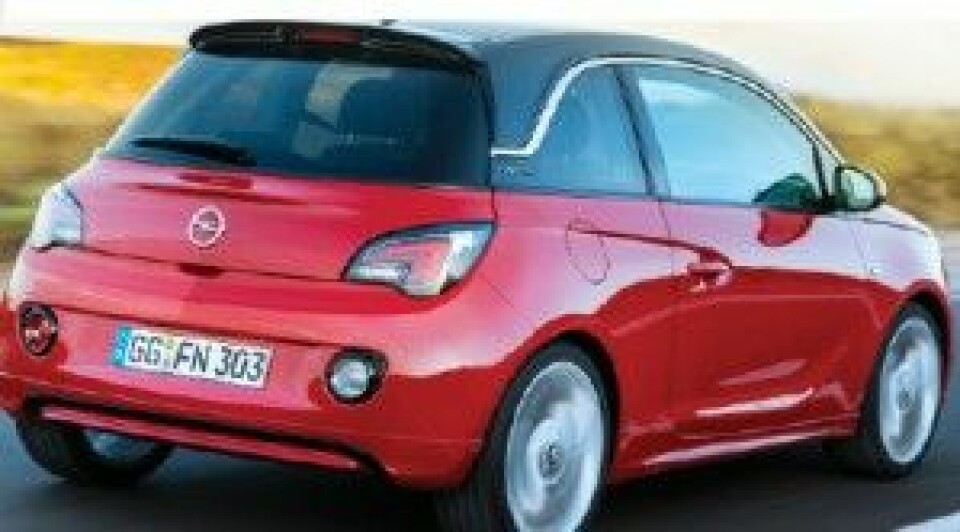Redesigning in-plant logistics at Opel/Vauxhall
Part of exclusive coverage of Opel/Vauxhall, director of supply chain Michael Scholl describes how the carmaker is adjusting its in-plant logistics in response to supply chain complexity and changes
Read these other stories that form part of this exclusive coverage of Opel/Vauxhall's supply chain management:
While plant managers are responsible for day-to-day operation of in-plant logistics, Opel/Vauxhall’s supply chain function takes a management lead of it across all plants. This centralisation allows the carmaker to identify best practices and roll out standards, including in packaging, parts handling and material handling equipment.
A proliferation of part numbers has recently created ever more in-plant logistical challenges for Opel. This rise is partly the result of more customisation options, which are “almost infinite” for the new Opel Adam, Scholl says. Although desireable from a marketing and customer perspective, these options test the limit of floor space on the assembly line and storage areas, as well as its stability with variations in volume.
To manage this complexity, Opel has considered redesigning aspects of inventory locations and line-feed routes. “One possibility to cope with this volatility is a combination of fixed and random store locations, which require new tools and processes,” says Scholl. [sam_ad id=6 codes='true']

More part numbers make it critical to focus on replacing extra handling in plants and warehouses, such as repacking or sequencing, with more advanced delivery concepts. This is already a priority of the GM Global Manufacturing System, but the growing complexity has led the carmaker to look more carefully at processes that reduce inventory and handling at the line.
“Smart processes that avoid this type of non-value-add activities are key for a lean value stream,” Scholl says. “Line and dock delivery requirements should be considered as far ahead as possible in the delivery method of choice as well as in route and load planning.”

Opel has been increasing the amount of kitting in plants to help reduce line-side complexity. “Currently, we are conveying up to 50% of our general assembly parts via kitting to the point of use,” says Scholl. “For the remaining parts we apply different methods such as kanban, andon or [supply-in-line sequence] deliveries. The part characteristic determines the best option – there is no dogma.”
An offshoot of the growth of kitting for Opel has been the use of more automatic guided vehicles (AGVs) to move kits to and from the line side. “We are using AGVs in almost all of our plants. They have increased with the introduction of kitting applications,” says Scholl. “Although this technology is very attractive, we never forget its financial aspect, as investment and maintenance costs can be considerably high.”
Opel is also looking to improve parts flow to plants with a paperless pick-up sheet (PUS) for real-time visibility of incoming inventory. “We are piloting a paperless PUS supported by state-of-the-start technology for tablets and smartphones,” says Scholl. “This enables us to improve faultless and real-time information without the burden of administrative paperwork.”
Avoiding parts proliferation altogether is part of GM’s advanced planning. “Proliferation that gives customers value needs to be supported, whereas that which drives complexity into processes and products without any benefit to customers should be avoided, or at least identified and eliminated.”





